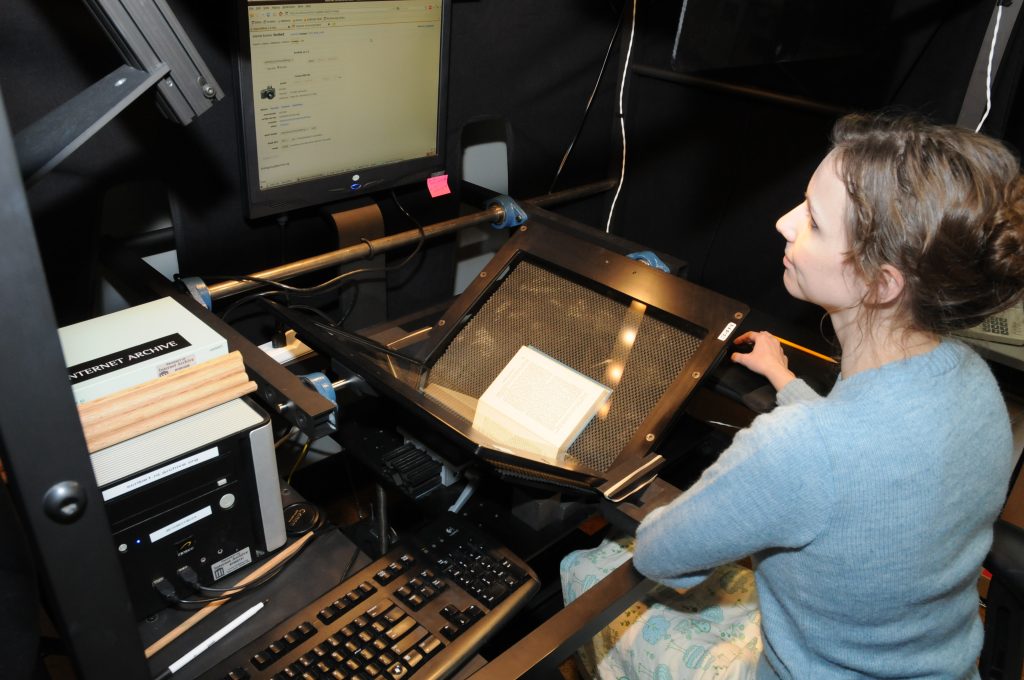Undergraduate course and exhibition, Rivalrous Masculinities, explores competing constructions of masculinity over time.
It’s one thing to tell a student that gender is constructed. It’s quite another to ask a student to collect and explain historical images of masculinity. Add to that the added challenges of communicating these insights in a foreign language with students in another country in order to develop an exhibition for the Nasher Museum of Art, and you have no ordinary undergraduate class.
In this case, the class is Rivalrous Masculinities, a seminar co-developed by Professor Anne Marie Rasmussen and Ph.D. candidates Steffen Kaupp and Christian Straubhaar of the German Languages department. They structured this course so that their students would meet and work regularly with students at German universities in order to construct an exhibition focusing on competing social and cultural constructions of masculinity over time.

With approval and funding from the Mellon Foundation-funded Humanities Writ Large project, this Rivalrous Masculinities project team was put in touch with Will Shaw (Duke University Libraries’ Digital Humanities Technology Consultant), who steered them in the direction of Omeka, a freely available and open source web-publishing platform especially useful in the organization and online presentation of image collections. Students in the fall 2012 Rivalrous Masculinities course used Omeka to collect, describe, and share images with their classmates and instructors.
This collective research can now be viewed as part of a virtual exhibition, launched in March 2013 and available through 2014. Students signed up for the fall 2013 Rivalrous Masculinities course will continue the project, this time in collaboration with students from Humboldt University of Berlin and the University of Hamberg, to prepare a physical exhibition of these works in the Nasher Museum of Art in 2014.




 Starting this semester, Duke University faculty, students, and staff can request to have certain public domain books scanned on demand. If a book is published before 1923* and located in the Perkins, Bostock, Lilly, or Music Library or in the Library Service Center (LSC), a green “Digitize This Book” button (pictured here) will appear in its online catalog record. Clicking on this button starts the request.
Starting this semester, Duke University faculty, students, and staff can request to have certain public domain books scanned on demand. If a book is published before 1923* and located in the Perkins, Bostock, Lilly, or Music Library or in the Library Service Center (LSC), a green “Digitize This Book” button (pictured here) will appear in its online catalog record. Clicking on this button starts the request.




